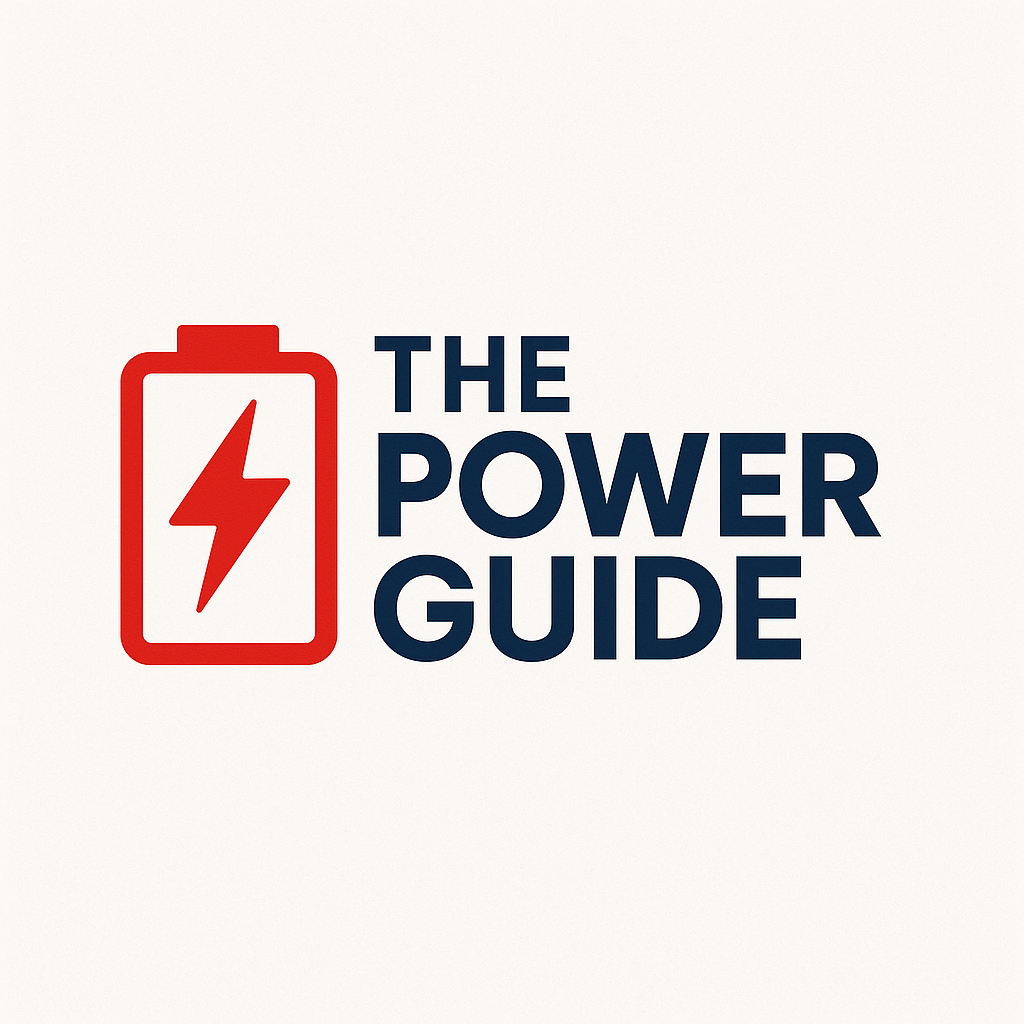The electric vehicle (EV) boom is in full swing, but with it comes a new layer of confusion for drivers—especially when it comes to charging. If you’ve ever been baffled by plug types and charging lingo, you’re not alone. In North America, two main charging standards are competing for dominance, and the type of plug your EV uses directly impacts where you can charge and how quickly you can get back on the road.
What Are EV Charging Ports?
An EV charging port is the electric vehicle’s version of a gas cap—it’s where you plug in to recharge the battery. But it’s more than just a place to connect a cable. The port and charger communicate with each other to manage safety checks, charging speeds, and power flow, ensuring your car charges safely and efficiently.
In the early days, most EVs were charged slowly at home overnight using AC power. But as drivers started taking longer road trips, the need for faster charging became clear. This led to the development of high-speed DC fast charging—and with it, new types of charging ports that could handle both slow and fast charging. This shift brought us the modern charging standards we use today.
The Combined Charging System (CCS), Explained
For many years, the Combined Charging System (CCS) became the standard plug for almost every EV brand except Tesla. As the name suggests, it combines both AC and DC charging in one integrated port.
Design Philosophy: One Port for All Charging Needs
The CCS port has a two-part design. The top portion uses a standard J1772 connector for slower AC home charging. Below it, two larger pins enable DC fast charging. When you use a fast charger, the plug connects through the entire port, engaging both the AC and DC components. This clever design means one port can handle all your charging needs—whether at home or on the road.
Built on Collaboration and Compatibility
One of CCS’s biggest strengths was its broad support. Many automakers adopted it as a shared standard, which helped create an open and widely available charging network. That means a Ford could charge at an Electrify America station, or a Chevy could plug in at an EVgo charger—with no compatibility issues.
This collaborative approach kept the market competitive and open, giving drivers more freedom and preventing any single company from dominating the charging landscape.
A Look at the North American Charging Standard (NACS)
Originally developed and used exclusively by Tesla, the North American Charging Standard (NACS) was designed with simplicity in mind.
Streamlined Design and User-Friendly Size
The NACS plug is remarkably compact and lightweight compared to the larger CCS connector, making it much easier to handle. It features a sleek, single-port design that uses the same pins for all types of charging—whether you’re topping up slowly at home or using high-speed chargers on the highway. The car’s internal systems automatically manage the power levels, keeping the experience seamless for the driver.

The Power of a Reliable Network
The true game-changer behind NACS isn’t just the plug design—it’s the network that powers it. Tesla’s Supercharger network earned its reputation by being incredibly reliable and effortless to use. Just plug in, and it works. That kind of simplicity and consistency is a big reason why more automakers are now making the switch.
CCS vs. NACS: Key Differences
Both systems serve the same purpose—charging your EV—but they take different approaches. Now that you’re familiar with the basics, it’s easier to understand how they compare head-to-head.
| Feature | CCS (Combined Charging System) | NACS (North American Charging Standard) |
| Physical Design | Large, two-part connector (J1772 top, DC pins bottom). | Small, sleek, single-piece connector. |
| Ergonomics | Heavier and more cumbersome to handle. | Lightweight, compact, and easier to handle. |
| AC & DC Charging | Uses separate sections of the port for AC and DC. | Uses the same shared pins for both AC and DC. |
| Vehicle Port Size | Significantly larger footprint on the vehicle body. | Much smaller and more discreet vehicle port. |
| Communication | Power Line Communication (PLC) protocol. | CAN-based communication protocol. |
| Market Trend (N.A.) | Legacy standard, being phased out by most brands post-2025. | Becoming the new dominant standard in North America. |












